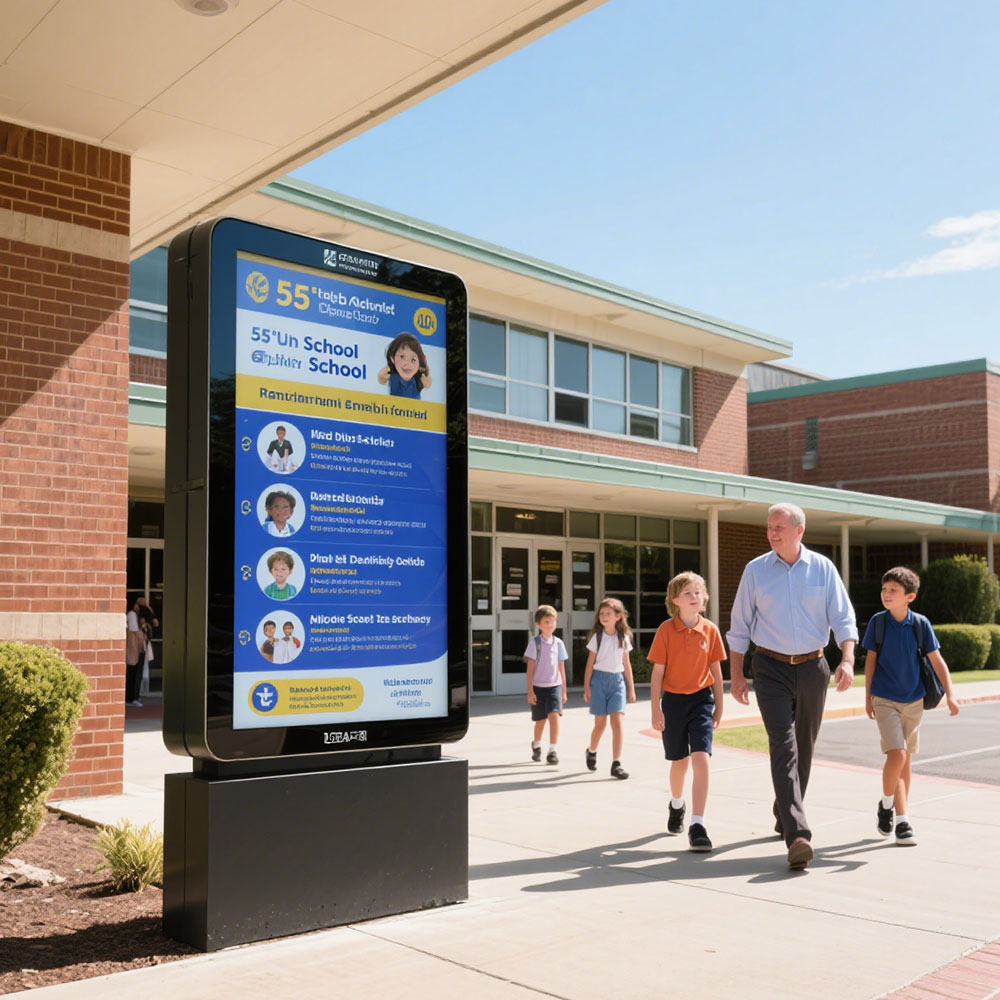Sunlight readable high brightness LCD screens are essential for outdoor applications where visibility under direct sunlight is critical. These displays, often exceeding 5,000 nits of peak brightness, are engineered to maintain clarity and contrast even in harsh environmental conditions. The core technology behind these screens includes advanced backlighting systems such as LED arrays with optimized diffusers, polarizer enhancements, and anti-reflective coatings that reduce glare by up to 90%. Industry standards like MIL-STD-810G and IP65/67 ensure durability against dust, moisture, and mechanical shock—key for military, transportation, and industrial sectors. For example, the U.S. Department of Defense mandates sunlight readable displays for field equipment due to their operational reliability in combat zones. In commercial applications, such as vending machines, kiosks, and digital signage in airports or shopping malls, these screens improve user engagement by offering crisp visuals regardless of ambient lighting. Manufacturers like LG Display and AU Optronics have introduced dual-layer optical films and local dimming technologies to boost contrast ratios beyond 10,000:1 while minimizing power consumption. Additionally, adaptive brightness control using ambient light sensors ensures energy efficiency without sacrificing readability—a crucial factor for battery-powered devices. Case studies from the aviation industry show that pilots using sunlight readable LCDs in cockpit displays experience reduced eye strain and improved situational awareness during daytime operations. As global demand for ruggedized electronics rises—from smart city infrastructure to agricultural IoT devices—sunlight readable high brightness LCDs remain a cornerstone of reliable human-machine interfaces in extreme environments. Their evolution continues with innovations in micro-LED and quantum dot technologies, promising even higher performance and lower power usage in future generations.








